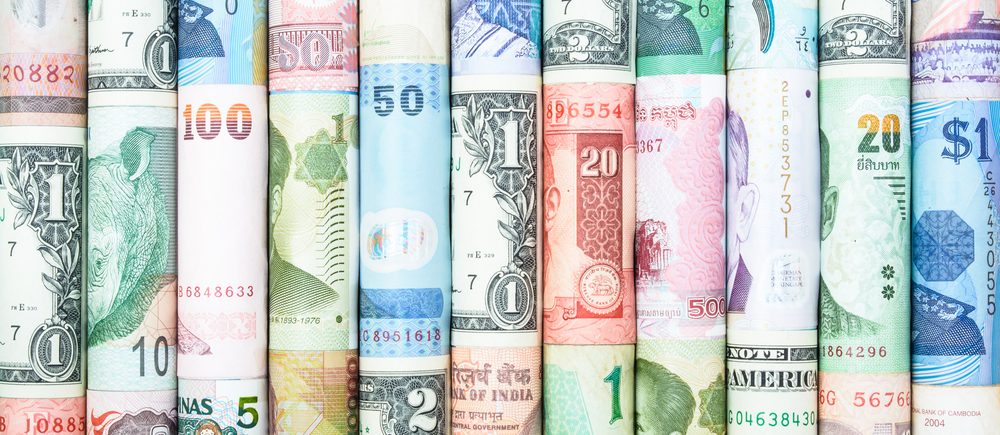The British Pound fell slightly on Friday, but is still on track for its third consecutive weekly increase against the US dollar.
Analysts expect sterling to remain fragile as central banks, including the Bank of England, continue to tighten monetary policy even though the recession is expected to be deeper in Britain than in the United States.
Expectations of higher interest rates, which usually boost the value of any currency, could hurt sterling as they undermine the country’s economic outlook.
On Friday, the Office for National Statistics revised producer price inflation data, meaning that factory-gate inflation this year was higher than previously expected.
And by 0958 GMT, sterling fell 0.3 percent against the dollar to $ 1.2076, and reached $ 1.2153, its highest level since August 12, on Thursday.
Sterling fell 0.1 percent against the euro to 86.01 pence, on its way to its third consecutive weekly rise against the dollar and the euro.
 Noor Trends News, Technical Analysis, Educational Tools and Recommendations
Noor Trends News, Technical Analysis, Educational Tools and Recommendations





